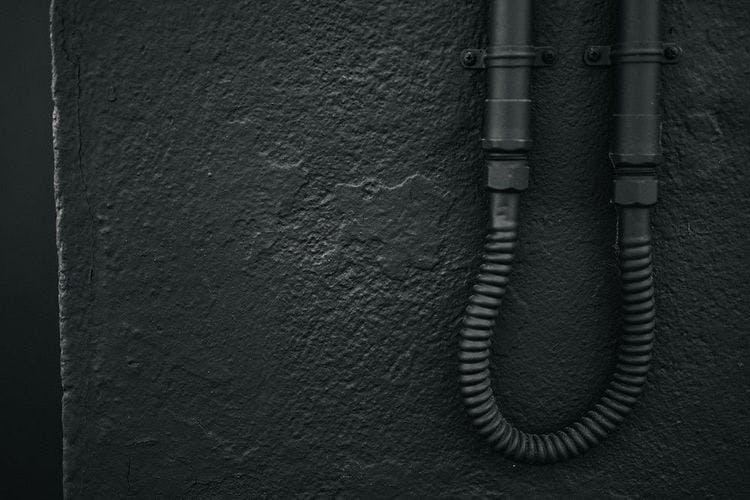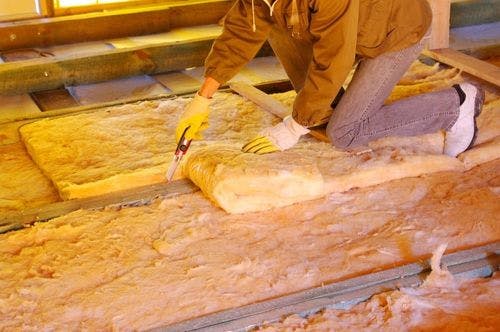Main Causes of Asbestos in a House
Asbestos was once a popular material for insulation and other household products. However, it has since been determined that asbestos can cause serious health problems when inhaled or swallowed. Regular exposure to small amounts of asbestos over time is especially dangerous because it takes years for symptoms to develop. In fact, according to the EPA, more than 90% of homes built before 1980 contain some amount of asbestos in their structure or contents.
Plumbing
The second most common cause of asbestos in a house is plumbing. Plumbing pipes often contain asbestos and this material can be found in a variety of different places, such as:
-
Hot water pipes
-
Cold water pipes (including drainpipes)
-
Waste pipes
-
Ventilation ducts and vents
Insulation in basement and exterior walls
-
Insulation in basement walls and exterior walls:
The main causes of asbestos-containing insulation are its use in the walls of basements, attics, and other parts of homes. Asbestos insulating materials were widely used from the 1930s until the 1970s due to their fireproofing capabilities as well as their affordability. The most common types of asbestos insulating materials include spray-applied products like ceiling tiles and wallboard joint compounds; sprayed or troweled-on materials like pipe lagging; mastic coatings such as flooring adhesives; nonroofing coatings such as plaster patching compounds; cementitious coatings such as plasters on walls or ceilings; and thermal barrier liners in ductwork.
If you suspect that your home contains any asbestos insulation material, it is important to seek professional help when handling this situation so that you can safely remove any potential health risks before they become a concern. If you decide not to remove it yourself, consider hiring an environmental consultant who will have access to proper safety equipment for working with asbestos before starting work on your home's interior structure
Roofing and siding shingles
Asbestos was used in shingles from the 1920s to the 1970s, and it’s still used today in some parts of the world. Asbestos shingles are not banned in North America, but they have been banned in Canada and Australia due to health concerns.
If you want to find out if your home has asbestos-containing shingles, look at where your roof meets the walls and gutters. You might also see them on old fireplaces or other exterior structures.
Floor tiles
Floor tiles were common in the 1950s and 1960s. Floor tile made from asbestos-containing materials was used for insulation, fireproofing, soundproofing and durability. Asbestos floor tiles are most likely to be found in:
-
Utility rooms (bathrooms/laundry rooms)
-
Kitchens
Old hot water pipes
Old hot water pipes are made with asbestos and can be a health risk. If you have old hot water pipes, it is best to have them tested for asbestos. If the water pipe is made with asbestos, it should be replaced as soon as possible because asbestos can cause serious illnesses like cancer and mesothelioma if inhaled or ingested by humans.
Furnaces and ducts
The furnace can be a common source of asbestos fibers. If you have a gas-powered furnace, it may have been installed in the 1950s or 1960s and could contain asbestos insulation in its ductwork. Asbestos was also used as an insulating material for pipes and other similar structures.
Ductwork is another place to look for possible contamination from asbestos. Ducts are made of sheet metal that has been folded over several times to create fluted channels for air circulation. This type of construction was found on older furnaces and still exists today in some older houses, but it is not commonly used anymore because it can result in poor airflow and inefficient heating performance.
Old ceiling tiles
Ceiling tiles were made with asbestos until the 1980s, and they can still be found in many homes built before that time. Asbestos-containing ceiling tiles should be removed and disposed of properly if you've noticed them.
Ceiling asbestos may be a source of exposure for certain people, particularly children younger than 10 years old who play on or near the floor and adults who work in homes where asbestos-containing materials are located. The risk of being exposed to airborne dust particles that contain asbestos will increase if you have an older ceiling tile with many cracks and breaks in it, which are more likely to allow dust particles to escape into the air.
If you have any doubts about whether your house contains asbestos-contaminated material, contact your local health department or state environmental agency for more information on this topic
Asbestos was used in many household materials prior to the 1980s.
Asbestos is a naturally occurring mineral that has been used in many products because it is a good insulator and resistant to fire and heat. Asbestos was added to many household materials, including ceiling tiles, vinyl flooring, plaster walls and drywall, some stove mats, furnace filters and gaskets. In fact, most homes built before 1980 likely contain asbestos somewhere within their structure.
Conclusion
Even though you may have been exposed to asbestos in your home at some point, it doesn’t necessarily mean that you need to worry about it. As long as there is no visible damage or crumbling material, then it should be safe. If there are signs of damage or crumbling material then you should contact a professional immediately.



